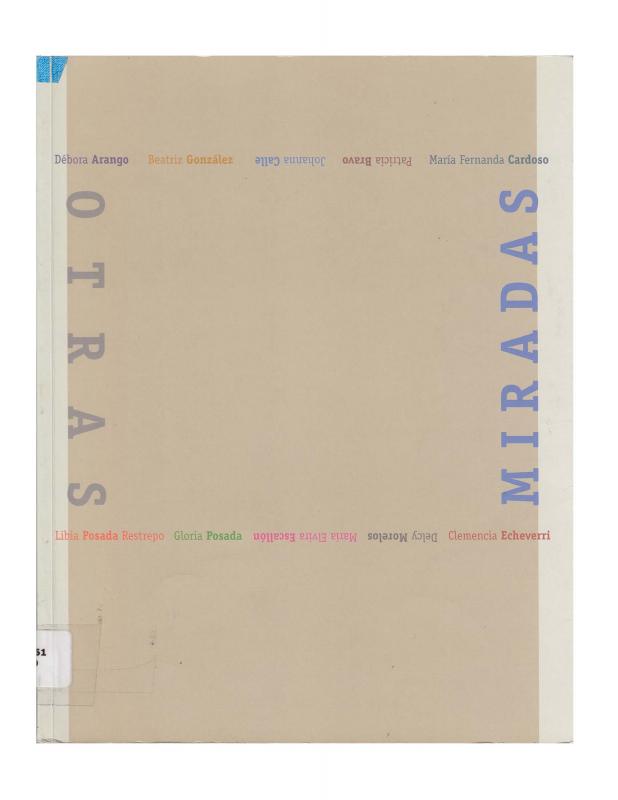The subtle differences between art and nonart, life and death, and Latino roots and citizen of the world are interwoven into María Fernanda Cardoso’s retrospective narrative, in which she describes the most important events and experiences of her artistic career (from 1981 to 2004). Here she is interviewed by the German critic and director of the Fundación Daros Latinamerica, Hans-Michael Herzog (b. 1956).
This conversation is important because it casts light on the life of a Latino artist living overseas, and because of the discussion between Herzog and Cardoso about the international reception to her works, some of which are of a minimalist nature. The materials Cardoso uses to create her works are imbued with the powerful symbolism of Pre-Columbian funeral rites and (animal) deities, as well as the country’s culture and history of violence. Sin título, [Untitled] (1990), Ranas bailando en la pared [Frogs Dancing on the Wall], and El mármol americano [American Marble] (1992) are three of the works mentioned as examples. There are two complementary documents that record interviews with Cardoso; one by the Colombian curator Carmen María Jaramillo (b. 1958) [see doc. no. 1091936]; and the other by the critic José Hernán Aguilar (b. 1952) [doc. no. 858335].
The “midlife retrospective” referred to by Herzog is the exhibition Inventario veinte años [Twenty Year Inventory] (2000), curated by Carolina Ponce de León (b. 1957), which was presented at the Banco de la República. This is where, some years earlier, Cardoso had her first solo show, “Nuevos Nombres” [New Names] (1987). The exhibition included sculpture and installations that had not yet been shown in Colombia at the time.
The Colombian artist María Fernanda Cardoso lives in Australia. Her appearance at international events, such as the opening of the millennial exhibition at MoMA in New York, and the 2003 Venice Biennale have made her one of the top-ranked contemporary Colombian artists.


